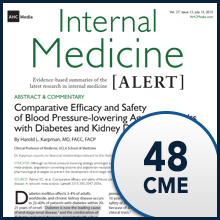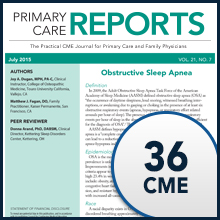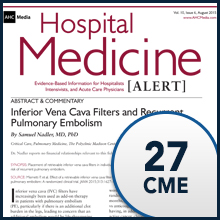Surprise Out-of-Network Costs Prompt State Action to Limit What Physicians Can Charge
January 23rd, 2017
BALTIMORE – Don’t be surprised if other states or government entities join New York in restricting out-of-network physicians from charging patients much more than the amounts allowed by Medicare and most private insurance companies.
That’s according to a new study in the Journal of the American Medical Association, which finds that the average anesthesiologist, emergency physician, pathologist, and radiologist charges more than four times what Medicare pays for similar services.
Researchers from the Johns Hopkins Bloomberg School of Public Health and the Johns Hopkins Carey Business School point out that privately insured consumers often are presented with surprise medical bills that are much higher than they anticipated.
Further complicating the issue is that physicians with the highest markups often are those patients don’t have an opportunity to choose. Among them are the following:
- anesthesiologists (charging six times what Medicare pays),
- interventional radiologists (4.5 times),
- emergency medicine physicians (four times),
- pathologists (four times),
- neurosurgeons (four times), and
- diagnostic radiologists (3.8 times).
Specialties with the lowest markups, meanwhile, are internists, psychiatrists, and family physicians, with which patients tend to have ongoing relationships, according to the report.
"Many people are shocked two weeks or two months later when they get a bill from a doctor they didn't really meet and no one told them what the exam would cost and later they discover the price is outrageous,” noted senior author Gerard F. Anderson, PhD, a professor in the Department of Health Policy and Management at the Bloomberg School. “But this is happening all the time."
For the study, researchers analyzed the 2014 Medicare Provider Utilization and Payment Data, which includes more than 400,000 individual physicians in the United States, comparing physician charges to Medicare rates across medical specialties.
Results indicate that the average physician charged roughly 2.5 times what Medicare pays for the same service.
Study authors explain that, while the Medicare program determines what Medicare pays for certain services, out-of-network patients — along with the uninsured, and casualty and workers’ compensation insurers — often pay the full charge, which can be as much as two to six times what Medicare and most privately insured in-network insurers will pay.
How much that can be varies regionally, the article adds, with physicians in Wisconsin, for example, having almost twice the markups of doctors in Michigan — 3.8 vs. 2. The study points out that, among the 10,730 physicians whose markups were among the top 2.5% of all physicians, 55% of them were anesthesiologists, and 32% of them were in 10 regions: Manhattan (NY), Houston (TX), East Long Island (NY), Dallas (TX), Milwaukee (WI), Atlanta (GA), Camden (NJ), Los Angeles (CA), Newark (NJ), and Charlotte (NC).
"Protecting patients from surprise medical bills from out-of-network physicians is an important issue in the ongoing national debate about the affordability of healthcare," said co-author Ge Bai, PhD, CPA, an assistant professor of accounting at the Carey Business School. "It is particularly frustrating for patients who deliberately select an in-network hospital and an in-network physician, only to learn that one of their physicians was out of network long after the care was delivered."
The authors called on Congress to require physicians to disclose their network status to each patient before delivering the service and improve price transparency by posting out-of-network prices. They also pointed to state action, including New York, which, in 2015, enacted a law restricting the amount that out-of-network physicians could charge a patient. While 11 other states have limited the amount that can be charged by out-of-network physicians, most of the rules apply primarily to emergency care, according to the study.

FEATURED RESOURCE





